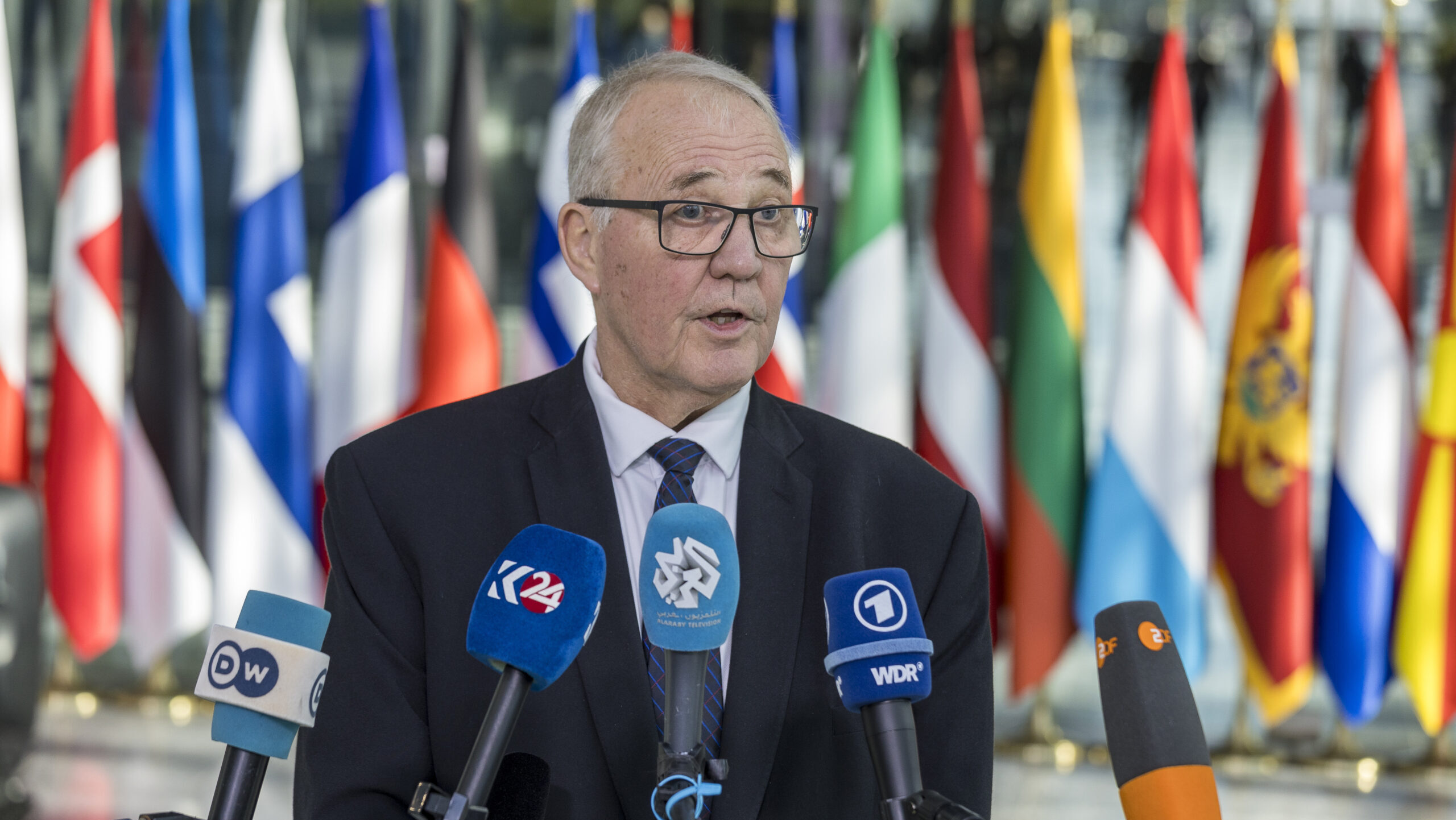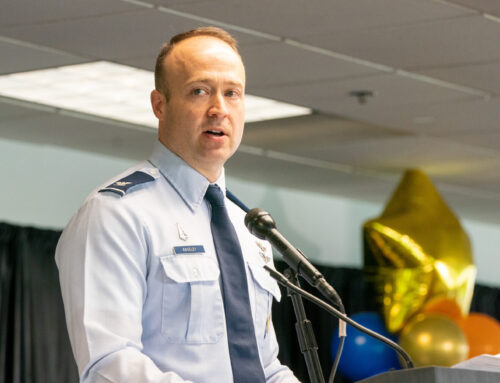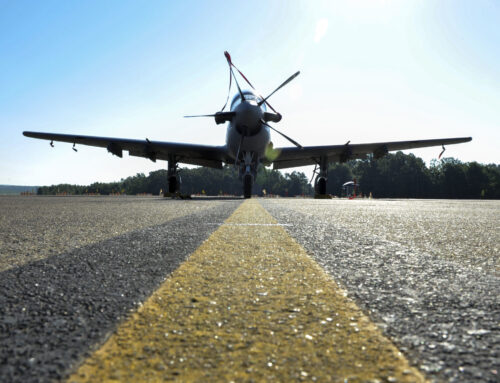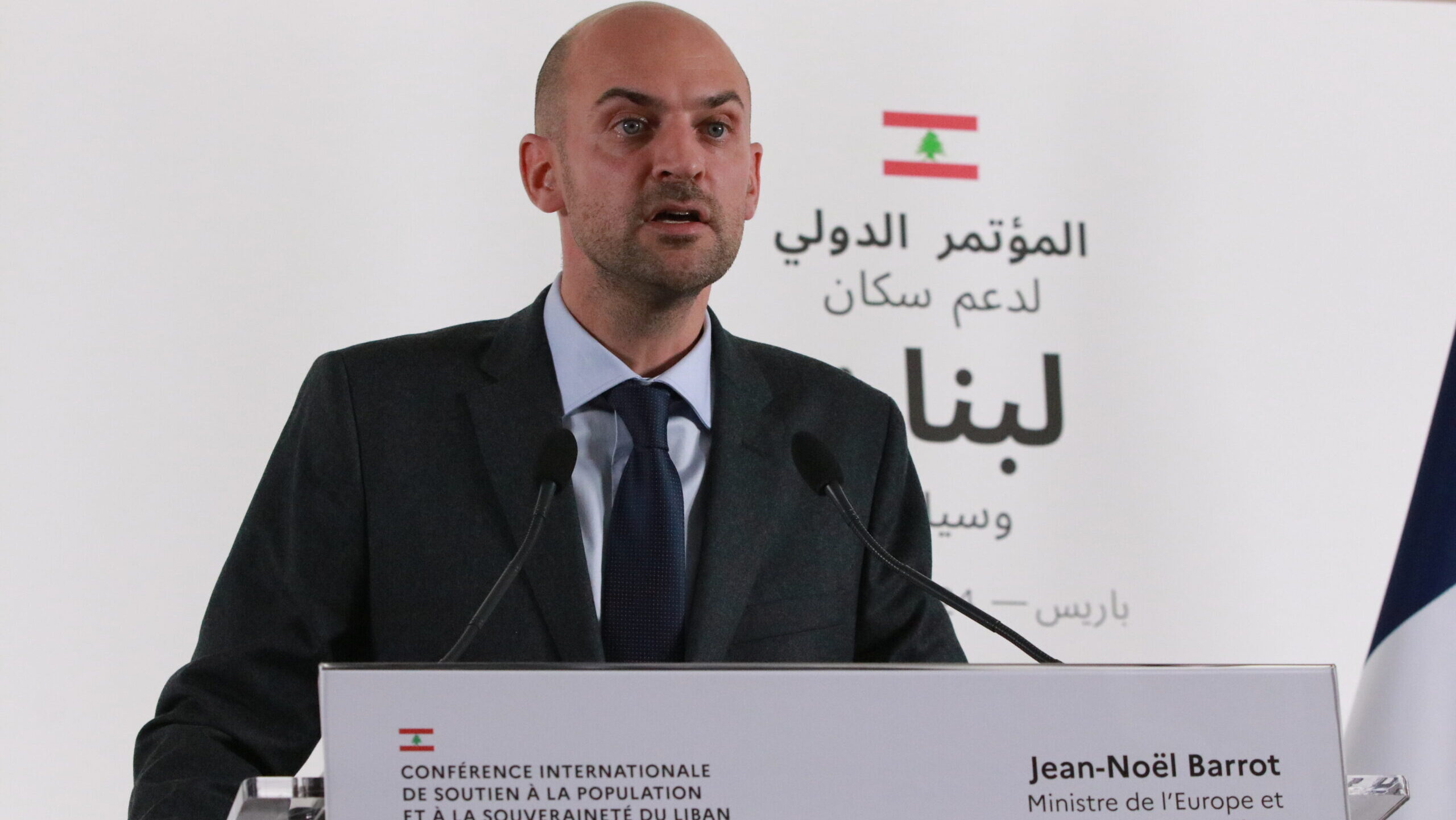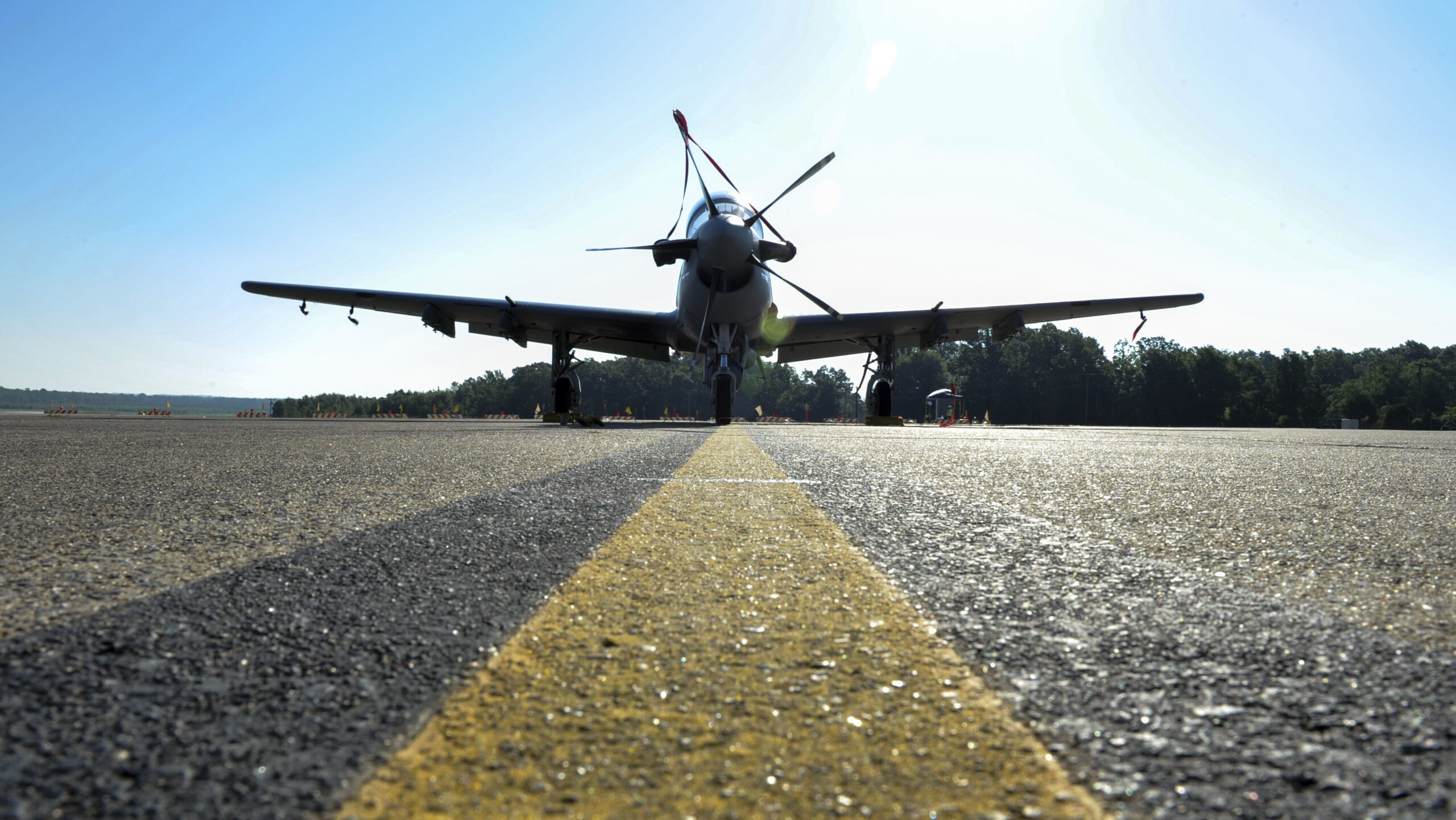Bill Blair, Minister of Defense of Canada, speaks to the press after his arrival at NATO headquarters on the first day of the NATO Defense Ministers’ Meeting on June 13, 2024 in Brussels, Belgium. (Photo by Omar Havana/Getty Images)
When Canadian Defense Minister Bill Blair visited South Korea in September, the delegation did the usual diplomatic niceties like visiting the Korean Demilitarized Zone, meeting Canadian Armed Forces (CAF) personnel serving in the United Nations Command, boasting about bilateral defense collaboration on weapon and asset procurement and reaffirming Ottawa’s commitment to maintaining peace on the peninsula.
Canada’s desire to deepen its defensive partnerships also extends to the broader region. Following the trip to Seoul, the minister visited Japan to affirm the same diplomatic nuances as communicated in South Korea. Coupled with Ottawa’s pursuit for a membership in AUKUS’s second pillar, Canada appears to be doubling down on its Indo-Pacific Strategy that showcases Ottawa’s commitment to be a reliable and trustworthy partner on defensive matters in the Indo-Pacific.
It’s classic visiting-a-partner stuff, but the problem is, like so much of the discussion around Canadian defense spending these days, the visit came with little real military commitment. And if Canada wants to get serious about the Indo-Pacific, that needs to change.
During the meeting in Seoul, both ministers emphasized the need to strengthen their defensive bond, citing the Action Plan that will implement the newly elevated relationship with Seoul into a Comprehensive Strategic Partnership. The meeting also inaugurated more avenues for staff-level military discourses and launched the creation of a High-Level Foreign and Defense Policy Dialogue — a 2+2 diplomatic mission that enables reviews of progress on cross-cutting aspects of defense and diplomatic cooperation. These initiatives constitute a reasonable effort by Ottawa in demonstrating a genuine interest to deepen its defensive partnership on the Korean peninsula.
However, Canada’s regional deployments are summed up by a single CP-140 Aurora, a long-range patrol aircraft, deployed to the Korean peninsula, as well as three withering Halifax-class frigates balancing maritime commitments in the South China Sea, across the Taiwan Strait and in waters bordering South Korea. Far from a display of military might, the only thing on display is Ottawa’s perishing combat-capacity to fulfill its commitments to regional defense.
This is where Canada missed an opportunity to genuinely deepen its defensive engagement with an Indo-Pacific partner. To amplify its engagement on the Korean peninsula, Canada must build upon current and future capabilities of CAF. This is an area where Ottawa is out of step with Seoul and other like-minded allies, all of whom are increasing their joint combat effectiveness and deterrence capabilities through bilateral and multilateral endeavors.
Acknowledging CAF’s limited force generation abilities, Ottawa should have pursued a Status of Force Agreement with Seoul to permanently station Canadian land, air, and sea personnel, equipment, and assets in South Korea. If agreed upon, Ottawa and Seoul would be better positioned to hold frank discussions on items like how CAF can deploy military platforms and future assets, like the River-class destroyer and the F-35 fighter jet, to the peninsula for future drills and active deployments — all of which can align Canada’s military capabilities and force posture with regional allies.
Following this, Ottawa should have also pursued a Memorandum of Understanding for co-manning lacking military domain areas belonging to South Korea. With shortages caused by downsizing in the Republic of Korea Armed Forces, an agreement of this type would complement both militaries by deepening tactical synergy, enhancing force interoperability, and guaranteeing the operationality of collective sea, air, and land domains.
If Canada were to undertake these efforts to the Korean peninsula, Ottawa would be better suited to demonstrate its resolve to further deepen its military presence in the Indo-Pacific while also offering CAF a detailed assessment of military domains needed to be a more reliable and trustworthy defense partner.
RELATED: Don’t miss the boat — Canada and AUKUS should be partners
Given their vibrant democratic societies, a shared defense interests for a rules-based order and a historical military relationship that dates back to the Korean War, Canada and South Korea are logical partners.
More importantly, they both are impacted by the immediate threat that arises from North Korea. Despite a carefully crafted ceasefire in place since 1953, the armistice on the Korean peninsula is not guaranteed to last. Should the ceasefire unravel, Canada will be obliged to supply stationed military personnel with needed equipment, armaments, and additional military forces to help defend South Korea and allied forces.
Since coming to power, Kim Jong Un has exacerbated Pyongyang’s longstanding ideology of confronting its enemies — South Korea, the US, and Japan. Given Ottawa’s strong bilateral relations with all three nations, North Korea has described Canada as a “bat-blind US follower.” With Pyongyang’s growing capabilities in nuclear intercontinental ballistic missiles and first-strike policy, this characterization should not be dismissed and should serve as a reminder for Canadians of the military threats abroad.
Canada wants to show it has a major role in the Indo-Pacific, and South Korea would clearly welcome such an increased presence. Ottawa should take advantage and move to increase its defense capabilities deployed in the region while that is a choice and not a necessity driven by conflict.
Andrew Erskine is a research fellow at the Institute for Peace & Diplomacy and a researcher at the Consortium of Indo-Pacific Researchers


